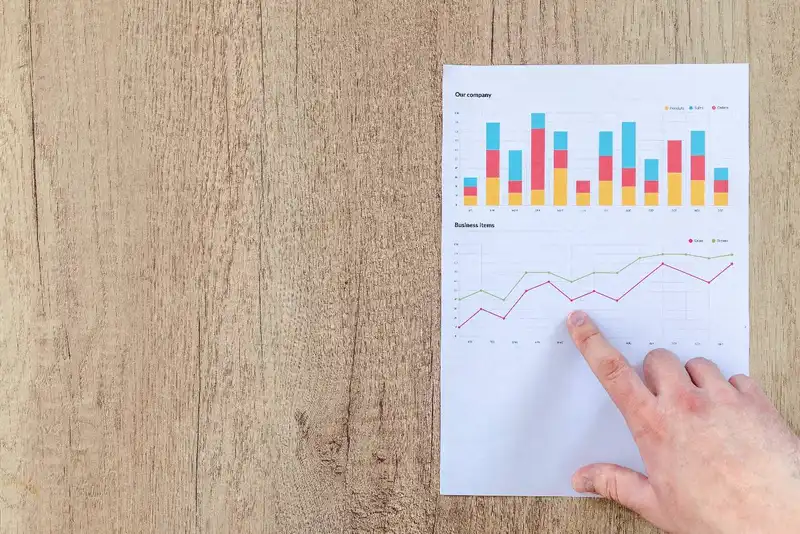Sales Analytics- Techniques and Benefits for Small Businesses
Data-driven decision making is vital for companies looking to gain a competitive advantage over competing businesses.
With data analytics that track sales trends in the greater industry and within the company's operations, organizations will gain valuable insights to produce accurate demand and sales projections.
Additionally, the use of sales analytics leads to the creation of informed product service development and strategies to boost the company's sales performance.
Sales Analytics Defined

Sales analytics is a performance measurement tool used to understand current business standings, set operational targets, and project expected sales trends in the future. This information can also be used to identify areas in need of improvement and discover new opportunities for growth.
Sales analytics are generally expressed as quantifiable metrics and are produced using insights from various sales trends and big data. This information can also reveal the effectiveness of marketing campaigns and reveal important metrics regarding customer demand and behavior. Businesses can utilize this data to make critical decisions such as operational hours, labor scheduling, and inventory ordering.
The sales analytics process involves collecting and cleansing data from different sources, such as point of sale systems and inventory tracking software, to detect correlations in quantitative information. Businesses with multiple systems can utilize integration software to connect all relevant tools and allow for free movement of company data.
Using this tool, all approved members of management and employees can access vital sales analytics to discover new opportunities for streamlining the sales process, reducing operating costs, and monitoring performance metrics.
Benefits of Sales Analytics

Incorporating sales analytics into internal operations is vital to running a successful business and gaining greater confidence in decision-making processes.
Below are the key benefits of conducting sales analytics.
- Secure Decision-Making
- Determine Highest-Ticket Customers
- Market Trend Knowledge
- Enhance Customer Service
- Market Research Expansion
5 Useful Sales Analytics Techniques

There are different sales analysis methods suited to varying business goals. Below are seven essential sales analytics strategies that companies should explore.
1. Sales Trend Analysis
The method analyses patterns in sales data over a specific period of time. It could examine the performance of one product over a week, for example. This is known as a micro-trend. In contrast, the macro-trend analysis would look at data over a period of a quarter or half-year for a variety of products, for instance.
2. Predictive Sales Analysis
This method is based on automated software to forecast trends and demand, predicting opportunities and risks for the future of the company's sales. For 2020, predictive sales analysis has been identified as a top priority for 50% of the global financial planning and analysis industry.
Analyzing past sales can help businesses in predicting the likelihood of a potential customer making a purchase. When this insight is gathered, businesses can focus on making personalized offers to these leads, while leveraging up-selling and cross-selling opportunities for existing customers.
3. Product Sales Analysis
Insights gained from this method point to whether a company is offering too many products or specific products that are redundant and not performing well. Over a set time frame, KPIs and revenue bar charts are examined to understand product sales volumes. This method gives a company the opportunity to understand product popularity and the demographics of customer demand for certain items to influence marketing promotions and production levels.
4. Diagnostic Analysis
The diagnostic analysis uses logical reasoning to justify sales data trends. An example of this is if a business notices a decrease in sales due to increased competition. They would conduct internal diagnostics to pin-point what the competition is offering that the business can implement, brainstorming improvement strategies.
5. Marketing Research
As a more traditional method of gathering data, this involves surveying customers in person, over the phone, or by email and studying competitors' sales statistics. Market research is great for filling in any gaps in internal sales data analysis. It can identify the weaknesses of the company's sales process and team while also highlighting potential business opportunities by learning about customer's needs and preferences.

For small businesses, prioritizing business intelligence means investing additional time and resources in data source collection and sales strategies.
To simplify the process of sales analytics, management should consider data integration software and reporting tools that automate all 5 analytics techniques. Utilizing software technology will increase the accuracy and quality of analysis through decreased human errors and access to real-time data management.





